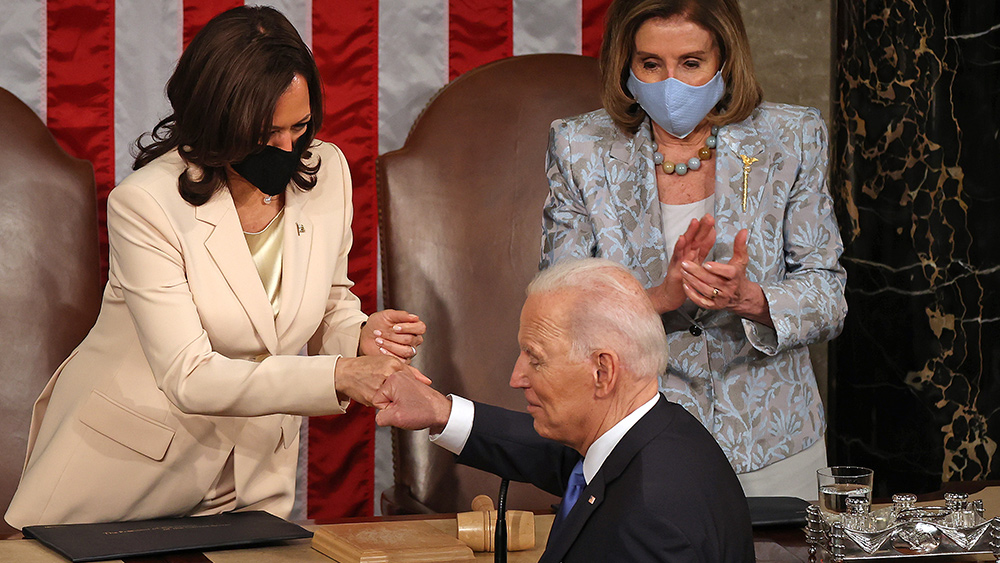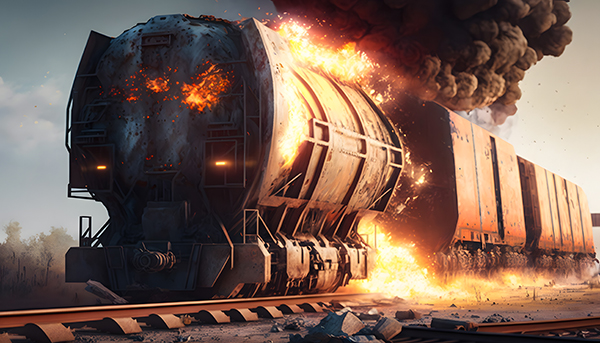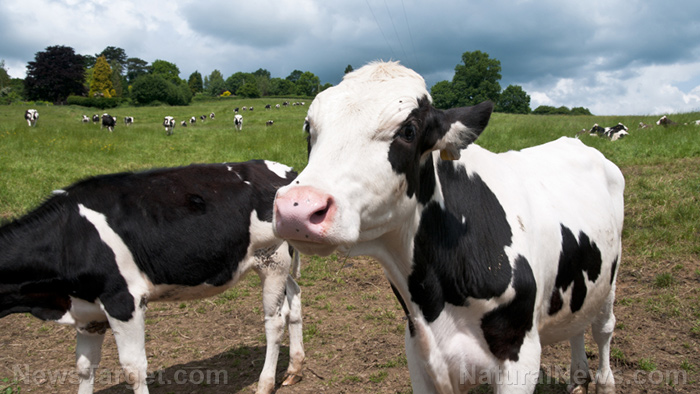
Even when world leaders are making declarations of peace and safety, there's still always that risk of sudden destruction, including the ever-present possibility of nuclear war. It's not necessarily something to panic about, but it is something that's probably worth your time to prepare for, especially since it could happen at any time without notice.
The following list of tips about how to maximize your chances of surviving nuclear fallout will help to get you started, and it might just save your life. If you find this information valuable, you can also print out a more visually appealing version of it at ApartmentPrepper.com (originally linked from VividDoors.co.uk) as well.
The first tip is to get inside and stay inside. For the first 24-72 hours following a nuclear blast, radioactive particles will be everywhere, which means it's important to keep those particles away from you as much as possible. Keep in mind that, immediately following a nuclear blast, you have about 15 minutes to find indoor shelter before the fallout begins.
Once inside a safer area away from nuclear particulates, the first thing you should do is search for, gather, and organize your fallout supplies. These include drinking water, which you should use to stay hydrated, as well as tape for closing up window cracks and other gaps through which nuclear particles might find entry.
If you were outside when the blast happened but successfully made it inside within 15 minutes, it's still a good idea to change your clothes and take a shower as quickly as possible. This will help to minimize your exposure to highly damaging nuclear fallout.
Other items you should look for once you've reached a safe shelter area include a flashlight, a whistle, an emergency kit with medical supplies, a radio, a lighter, fresh clothing, and canned food. All of these items will come in handy for moving about in the dark, taking care of your health, staying nourished, receiving radio communications, and having the ability to start a fire.
Having iodine handy may also be helpful, though it's not always a foolproof way to avoid radioactive contamination.
Do you know how to gauge when it's possible to safely leave your fallout shelter?
During the first three days following a nuclear blast, you'll want to avoid going outside at all. After day three, if you absolutely must, you can take brief trips outdoors – but keep them quick and only when absolutely necessary. At around the one month mark, you can start to initiate decontamination, and after a year, you can begin to resume the normal life you once had.
For a more detailed look at which food items are safe, and when, following a nuclear blast, be sure to check out the printable infographic.
One thing to keep in mind for your own survival during this time is storable food. You'll want to maintain easy access to storable food that lasts a long time, because almost everything on the outside that was exposed to direct nuclear fallout will be inedible – as will growing soils and other elements necessary for producing new food.
After reaching the decontamination stage of a nuclear fallout scenario, you may be able to safely hunt any living animals that may still be around. A good rule of thumb is to only eat the healthy looking ones, and to hunt as far away from nuclear ground zero as you possibly can to avoid ingesting radioactive food.
The printable infographic contains detailed information about the energy potential of various animals and the meat they provide. Be sure to check it out and print it out to learn more.
You can also learn other important tips for surviving many other types of emergencies and disasters by checking out Survival.news.
Sources for this article include:
Please contact us for more information.





















